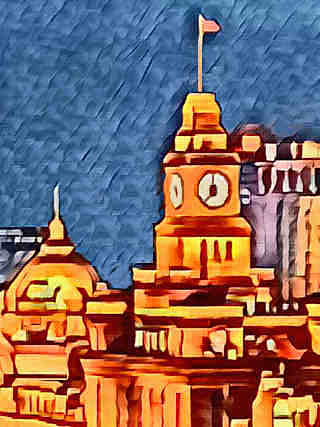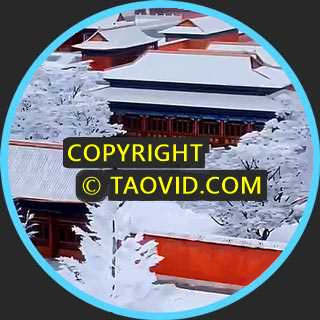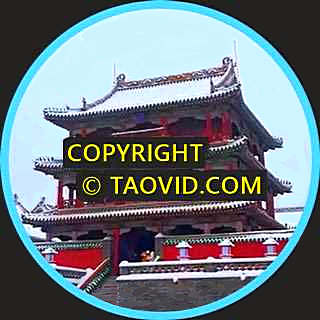Tekesi Bagua City in Xinjiang, China (Chinese)
Tekesi Bagua City (特克斯八卦城) is a town located in the northern part of Tekes County, Ili Kazakh Autonomous Prefecture, Xinjiang Uygur Autonomous Region, China.
The archetype of the town has the shape of a bagua.
The bagua (八卦; lit. ‘eight trigrams’) is a set of symbols from China intended to illustrate the nature of reality as being composed of mutually opposing forces reinforcing one another.
Bagua is a group of trigrams—composed of three lines, each either “broken” or “unbroken”, which represent yin and yang, respectively.
Each line having two possible states allows for a total of 2 × 2 × 2 = 8 trigrams, whose early enumeration and characterization in China has had an effect on the history of Chinese philosophy and cosmology.
The trigrams are related to the divination practice as described within the I Ching and practiced as part of the Shang and Zhou state religion, as well as with the concepts of taiji and the five elements within traditional Chinese metaphysics.
The trigrams have correspondences in astronomy, divination, meditation, astrology, geography, geomancy (feng shui), anatomy, decorative arts, the family, martial arts (particularly tai chi and baguazhang), Chinese medicine and elsewhere.
Video Source: 中國最為神奇的八卦城,真的沒有紅綠燈嗎?原來我們被騙了這麼久 from MUZI看世界 on Youtube ⁄ CC BY






